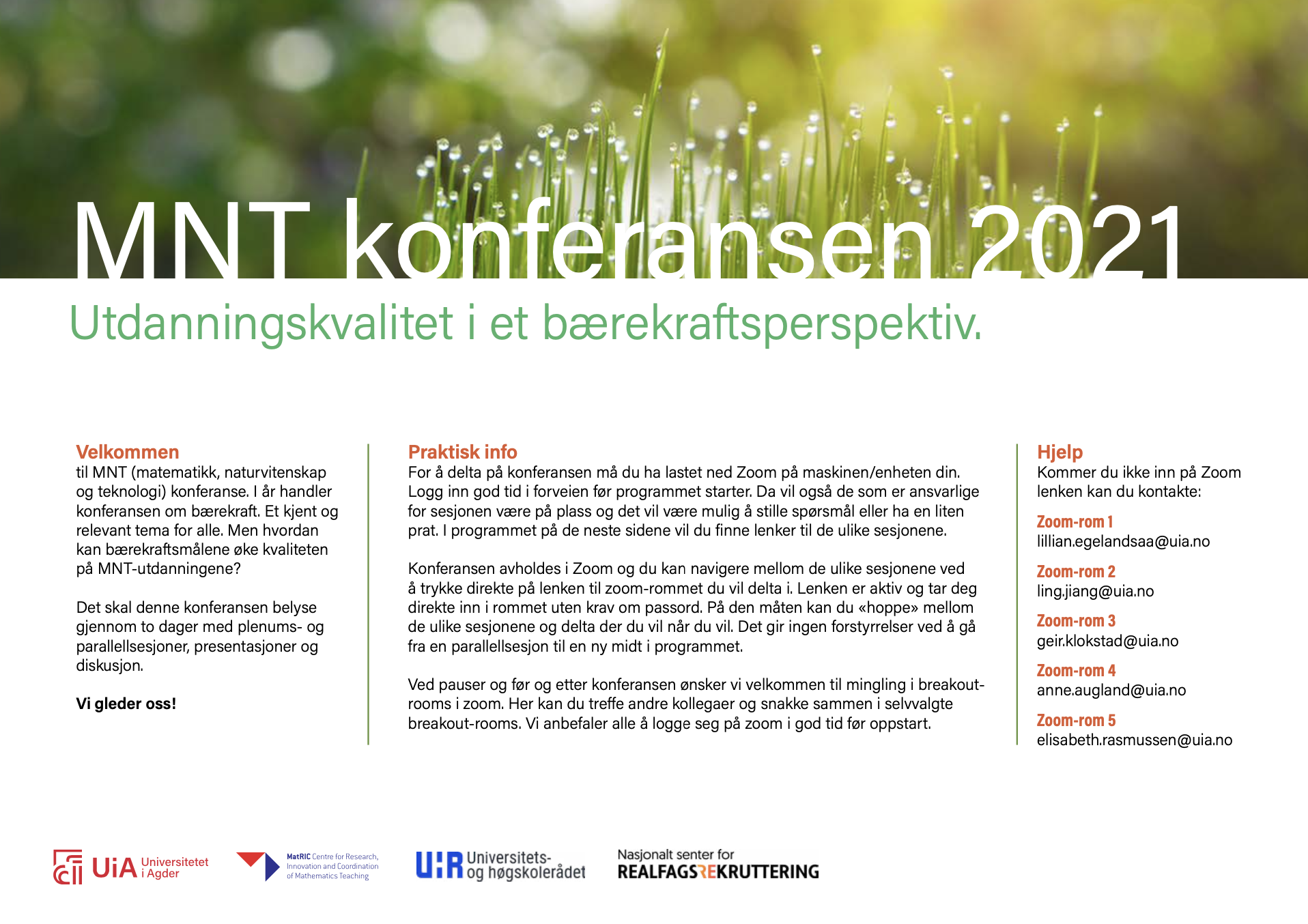An interdisciplinary, student-active course on UN Sustainable Development Goal 14: Life below water
DOI:
https://doi.org/10.5324/njsteme.v5i1.3937Abstract
Educating student to respond to Sustainable Development Goals (SDGs) calls for teaching and learning where students are at the centre of their own learning. Sustainability questions are ‘wicked problems’, where no single, correct answer exists, but the answers depend on the values of those who answer, and require innovative pedagogy and active, action-oriented learning allowing the learners to think critically and engage in exploring sustainable futures. Sustainable Development Goals 14, Life Below water, aims at “conserving and sustainably using the oceans, seas and marine resources for sustainable development”. Along with the 16 other SDGs, it provides an excellent focus area for teaching and learning. The course SDG214 at the Department of Biological Sciences at the University of Bergen is a 10 ECTS open interdisciplinary course where the students work in teams, and the portfolio assessment includes essays, presentations, a debate, a poster and a paper, but no exam. The assessment is formative and the students get feedback on their individual and group assignments and are allowed to resubmit. The course culminates in a poster session organised together with three other courses. The student feedback suggests that course functions well for education for sustainable development.
Nedladdningar
##submission.downloads##
Publicerad
Nummer
Sektion
Licens
Copyright (c) 2021 Katja Enberg

Det här verket är licensierat under en Creative Commons Erkännande 4.0 Internationell-licens.
The Nordic Journal of STEM Education licenses all content of the journal under a Creative Commons Attribution (CC-BY) licence. This means, among other things, that anyone is free to copy and distribute the content, as long as they give proper credit to the author(s) and the journal. For further information, see Creative Commons website for human readable or lawyer readable versions.
Authors who publish with this journal agree to the following terms:
1. Authors retain copyright and grant the journal right of first publication with the work simultaneously licensed under a Creative Commons Attribution License that allows others to share the work with an acknowledgement of the work's authorship and initial publication in this journal.
2. Authors are able to enter into separate, additional contractual arrangements for the non-exclusive distribution of the journal's published version of the work (e.g., post it to an institutional repository or publish it in a book), with an acknowledgement of its initial publication in this journal.
3. Authors are permitted and encouraged to post their work online (e.g., in institutional repositories or on their website) prior to and during the submission process, as it can lead to productive exchanges, as well as earlier and greater citation of published work (See The Effect of Open Access

